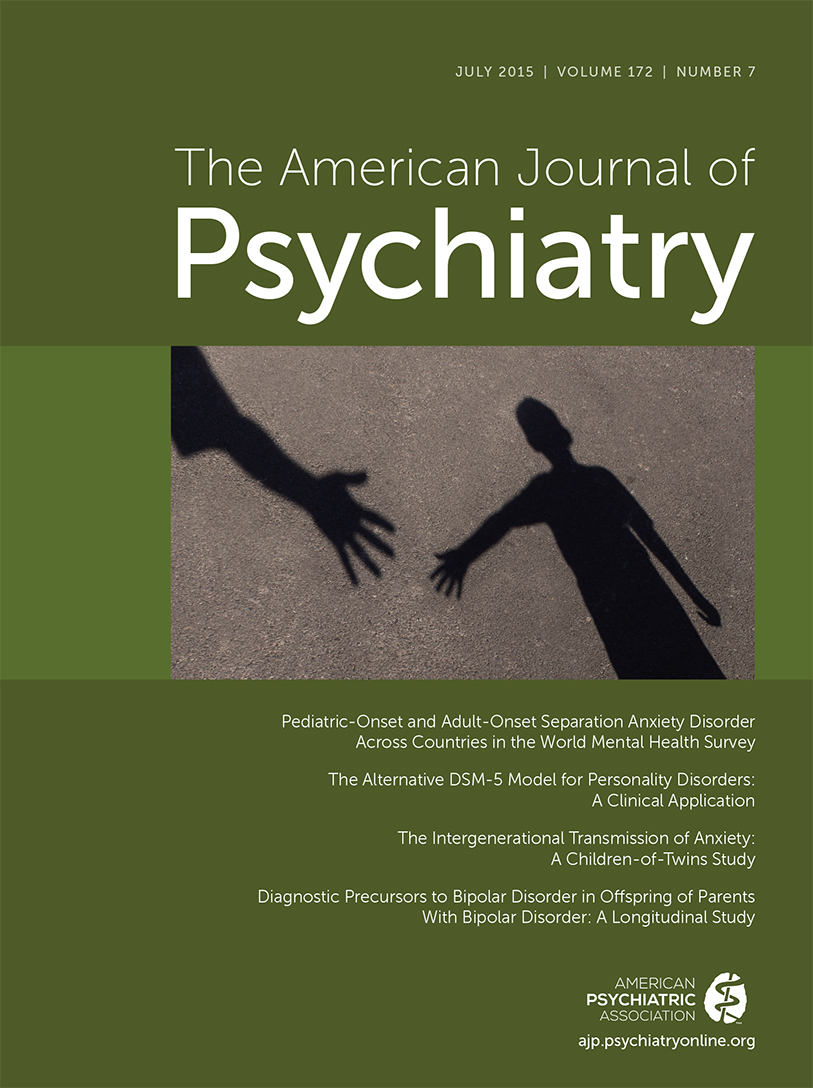The Least Likely Man: Marshall Nirenberg and the Discovery of the Genetic Code
The messages in DNA that we inherit from parents contain wisdom gradually accumulated over billions of years.
—Marshall Nirenberg, Nov. 1, 2008
Marshall Nirenberg spoke those words at a Vatican conference in 2008, 40 years after he won the Nobel Prize for cracking the code that contains that message, and only a year before his death at the age of 82. This book is a partial biography, partial because it tells little of his post-Nobel work (largely devoted to neurobiology). Joseph Goldstein, one of the several Nobelists who emerged from Marshall’s lab, described the scientific importance of the genetic code, “Nirenberg’s table of the 64 codons has achieved iconic status as the biologist’s counterpart to Mendeleev's periodic table for chemists” (from The Least Likely Man dustcover blurb).

Nirenberg’s grandparents had emigrated from Odessa and Russia. His parents met and married in the United States in 1924. Marshall, their second child, was born in 1927. As a child he was bedridden by a severe bout of rheumatic fever, after which in 1937 the family moved to Orlando, Fla., where his father bought the College Park Dairy. Marshall loved his new surroundings—swamps, scrub pines, and wildlife. World War II brought professional biologists to the area to teach jungle survival skills for pilots going to the South Pacific. They befriended Marshall and started him on a lifelong interest in natural history.
He entered the University of Florida in 1945 (receiving a C in organic chemistry and graduating in 1948 with a GPA of 2.32). His academic performance improved in graduate school. In 1952, he entered the biochemistry department at the University of Michigan, although on probation. He graduated with a Ph.D. 5 years later and moved on to the National Institutes of Health (NIH).
Franklin Portugal, the author of this book, is a scientist who worked in Marshall’s lab at NIH from 1967 to 1970, just before and after Marshall was awarded the Nobel. He emphasizes Marshall’s competition with such scientific giants as Crick, Watson, Brenner, and Ochoa based on his privileging data over theory. Unfortunately, Portugal’s book is burdened by the opposite; it often feels like he is imposing his theories on the data. One example is revealed by the very title of the book, The Least Likely Man. Marshall’s widow, Myrna Weissman, the eminent epidemiologist, Columbia University professor, and member of the Institute of Medicine, says, “If you really knew him, you would realize that he was the most likely man to unravel the code of life.” Portugal describes how Marshall was different from most of his peer-leading scientists (in psychiatric jargon, low on a narcissism scale), but different doesn’t mean unlikely. For his particular discovery, his difference may have been essential.
Marshall came to NIH in 1957 at the age of 30 and never left. In 1959 he became an independent investigator, working in Gordon Tompkins’s lab. (Tompkins was famed for his ability to spot creative genius.) In 1961 Marshall demonstrated the role of messenger RNA, and in August of that year, shortly after he married and en route to his honeymoon, he presented his findings at a special plenary of the International Congress of Biochemistry in Moscow. The race heated up; in fact it was the final lap. By any measure it was a big year in Marshall’s life. Marshall’s father had died the same year. He presented the world with the first letter of the code of life, and within 3 years of incredible effort, he had completed the task and won the race. The code of life was cracked. The Nobel Prize was awarded only 2 years later.
Portugal’s book almost ignores the second half of Marshall’s life and says little about his personal life after childhood. It is preoccupied with competition among scientists, with Nobel laureates, and with tangents into extrinsic political and social issues—Vietnam, anti-Semitism, the Cosmos Club, and Florida, for example. In addition, his timeline is erratic, shifting back and forth. This distracts from a fascinating story about a most unusual man.
Full disclosure: I was at the NIH from 1962–1964, working down the hall from Marshall. His lab functioned around the clock; mine didn’t. I once needed a reagent that he had and that would take me months to synthesize. His lab generously loaned it, or to be more precise, gave it to me. They didn’t want it back and risk my having contaminated it. This is exactly as Portugal describes him.



